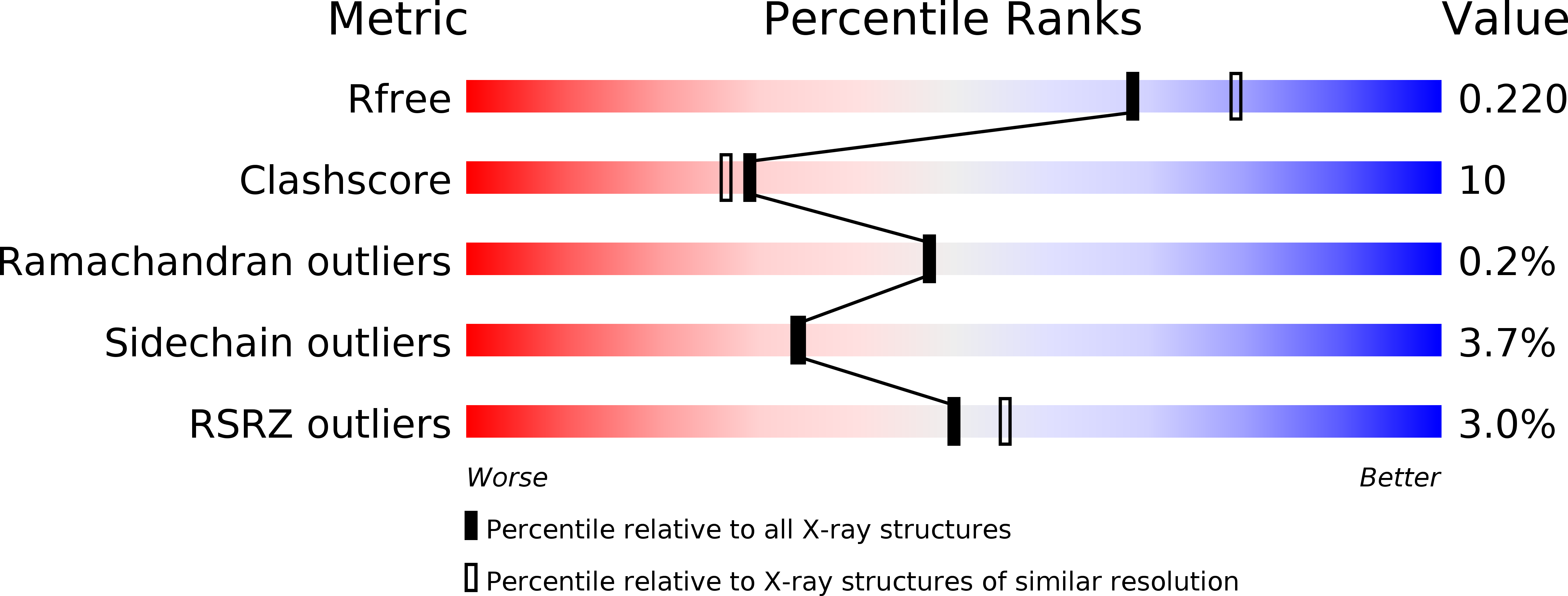
Deposition Date
2012-01-16
Release Date
2012-08-01
Last Version Date
2023-11-08
Entry Detail
PDB ID:
3VNJ
Keywords:
Title:
Crystal structures of D-Psicose 3-epimerase with D-psicose from Clostridium cellulolyticum H10
Biological Source:
Source Organism:
Clostridium cellulolyticum (Taxon ID: 394503)
Host Organism:
Method Details:
Experimental Method:
Resolution:
2.08 Å
R-Value Free:
0.22
R-Value Work:
0.18
Space Group:
P 1 21 1


